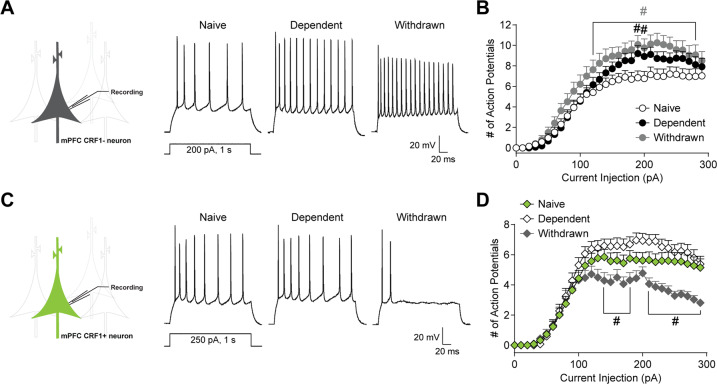Fig. 2. Withdrawal selectively decreases mPFCCRF1+ excitability.
A Representative voltage traces of action potential firing elicited by a 200 pA current injection in mPFC CRF1 non-expressing (mPFCCRF1−) pyramidal neurons from naïve, dependent and withdrawn mice. B Average number of action potentials elicited by increasing current injections in mPFCCRF1− neurons from naïve (white circles), dependent (black circles), and withdrawn (grey circles) mice with main effects of current injection F(29,2320) = 111.9, p < 0.0001; group F(2,80) = 5.22, p = 0.007; and a trend toward an interaction effect F(58,2320) = 1.32, p = 0.05 by two-way ANOVA from n = 24–34 cells and N = 6–9 male mice, and post hoc significance #p < 0.05 compared to naive is represented in panel. C Representative voltage traces of action potential firing elicited by a 250 pA, 1 s current injection in mPFC CRF1-expressing (mPFCCRF1+) pyramidal neurons from naïve, dependent, and withdrawn mice. D Average number of action potentials elicited by increasing current injections in mPFCCRF1+ neurons from naïve (green diamonds), dependent (white diamonds), and withdrawn (grey diamonds) mice with main effects for current injection F(29,2842) = 139.2, p < 0.0001; group F(2,98) = 5.60, p = 0.005; and interaction effect F(58,2842) = 4.00, p < 0.001 by two-way ANOVA from n = 29–40 cells and N = 6–9 male mice, and post hoc significance #p < 0.05 compared to naive is represented in panel.

